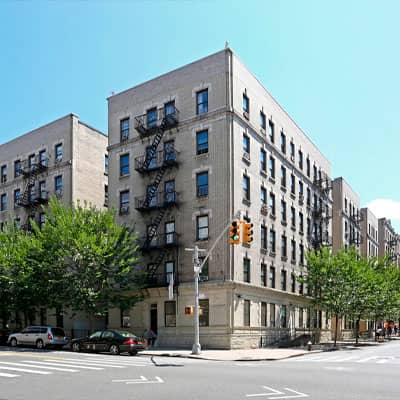Monday 8:30 AM – 5:00 PM
Tuesday 8:30 AM – 5:00 PM
Wednesday 8:30 AM – 5:00 PM
Thursday 8:30 AM – 5:00 PM
Friday 8:30 AM – 5:00 PM
Saturday 8:30 AM – 12:00 PM
Sunday Closed
NEWBURGH
Laser & Cosmetic Surgery Specialists, PC
200 Stony Brook Ct
Newburgh, NY 12550
(845) 863-1772 | Get Directions
Monday 8:30 AM – 5:00 PM
Tuesday 8:30 AM – 5:00 PM
Wednesday 8:30 AM – 5:00 PM
Thursday 8:30 AM – 5:00 PM
Friday 8:30 AM – 5:00 PM
Saturday 8:30 AM – 12:00 PM
Sunday Closed
NEW YORK
Columbia New York Presbyterian Hospital
80 Fort Washington Ave
New York, NY 10032
(845) 863-1772 | Get Directions
Monday 8:30 AM – 5:00 PM
Tuesday 8:30 AM – 5:00 PM
Wednesday 8:30 AM – 5:00 PM
Thursday 8:30 AM – 8:00 PM
Friday 8:30 AM – 5:00 PM
Saturday 8:30 AM – 12:00 PM
Sunday Close
Montvale
Rubinstein Plastic Surgery Center, LLC
160 Summit Ave Suite 201
Montvale, NJ 07645
(201) 391-1135 | Get Directions
Monday 8:30 AM – 5:00 PM
Tuesday 8:30 AM – 5:00 PM
Wednesday 8:30 AM – 5:00 PM
Thursday 8:30 AM – 8:00 PM
Friday 8:30 AM – 5:00 PM
Saturday 8:30 AM – 12:00 PM
Sunday Close
Montvale
Rubinstein Aesthetic Training Specialists
160 Summit Ave Suite 202
Montvale, NJ 07645
(845) 322-6959 | Get Directions




